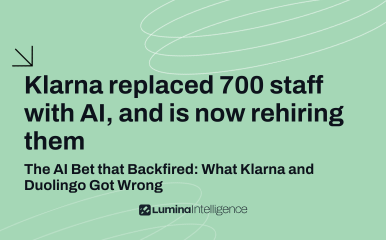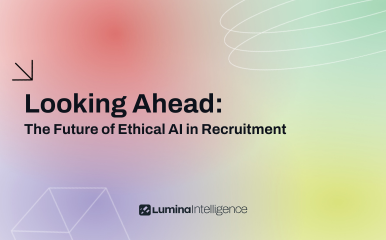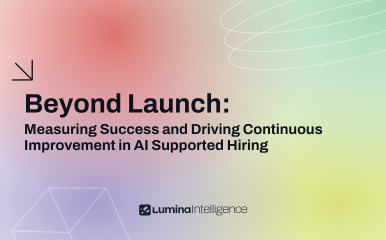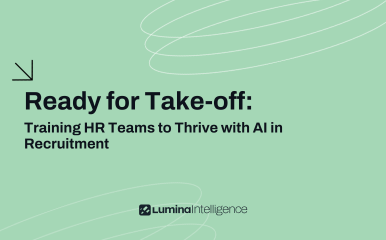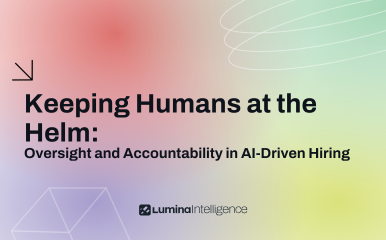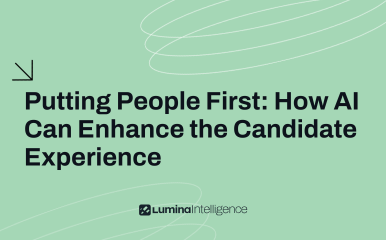You have proven that AI can shorten time-to-hire, cut screening costs and improve candidate satisfaction in one team or region. The next step is to bring those benefits to the entire organisation without losing quality or control. Week 9 explains how to scale your AI hiring programme across business units, job families and geographies while keeping ethics, consistency and compliance front of mind.
Why Scaling Brings New Challenges
- Data diversity
Candidate pools vary by role and location. An algorithm that performs well in sales may struggle in engineering or in new markets with different talent demographics. - Process drift
Local teams sometimes tweak workflows. Small changes can undermine consistency and fairness when multiplied across dozens of sites. - Regulatory complexity
Each country adds its own data, labour and discrimination rules. A single global model must meet the strictest standard or allow for regional variations. - Change fatigue
Repeated rollouts can overwhelm recruiters if training and support do not keep pace.
Key Pillars for Responsible Scaling
- Standardised governance
Create a central policy that defines data handling, bias audits and human-in-the-loop checkpoints. Local teams adapt only where laws require. - Modular architecture
Use separate AI components for screening, assessment and scheduling so you can switch or fine-tune modules without rebuilding the entire system. - Local validation
Test each model on regional historical data before go-live. Verify accuracy, fairness and candidate experience against agreed benchmarks. - Role-based access controls
Limit who can edit settings, view sensitive data or approve overrides. This protects privacy and keeps audit trails clean. - Scaled training programme
Provide consistent core learning online, then add local classroom sessions that address region-specific laws and cultural nuances.
Practical Rollout Roadmap
Phase 1. Prepare
- Map current hiring processes for every business unit.
- Identify regulatory requirements country by country.
- Select pilot champions in each region to gather feedback.
Phase 2. Localise
- Translate candidate and recruiter interfaces.
- Adjust data fields to respect local privacy rules, for example, removing national-ID numbers where prohibited.
- Run model tests with regional data to check for performance gaps.
Phase 3. Deploy
- Launch in waves, starting with high-volume or low-risk roles.
- Monitor key metrics daily for the first four weeks.
- Hold weekly office hours so recruiters can raise issues quickly.
Phase 4. Evaluate
- Compare results against baseline targets set in Week 8.
- Conduct bias audits and candidate-experience surveys.
- Document lessons learned and refine playbooks for the next wave.
Phase 5. Optimise
- Consolidate feedback into updated training, data-collection guidelines and configuration templates.
- Automate routine health checks and alerts.
- Plan quarterly reviews to align global updates with local needs.
Governance Checklist for Enterprise Scale
- Central policy published and signed off by legal.
- Regional data-protection impact assessments are complete.
- Local model validation reports are stored in an accessible repository.
- Role permissions are reviewed quarterly.
- A common dashboard tracks metrics for all regions in real time.
- An escalation path is defined for ethical or technical issues.
Tick every box before expanding to a new region or job family.
Conclusion
Scaling AI hiring is not a copy-and-paste exercise. Success depends on strong governance, modular technology and local engagement. By following a structured roadmap and keeping fairness and compliance at the centre, you can extend AI benefits across the enterprise without sacrificing trust or control.
What’s Next
Week 10 will look ahead to the future of ethical AI in recruitment, including emerging technologies and evolving regulations that could shape hiring over the next decade.
